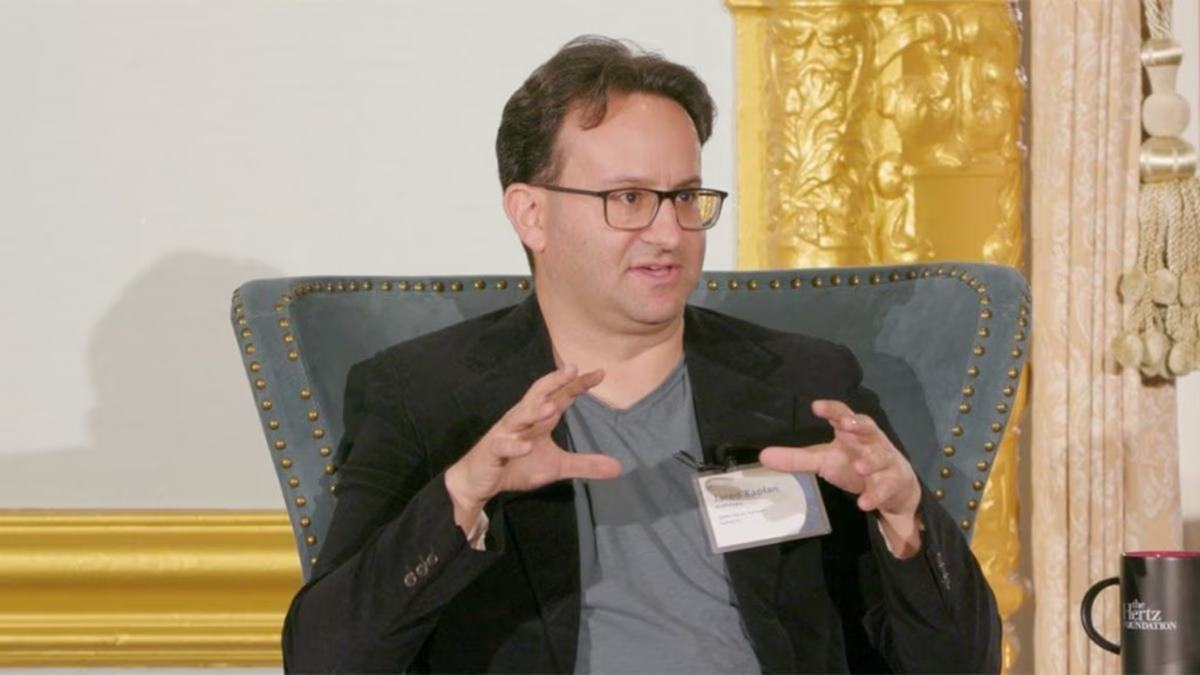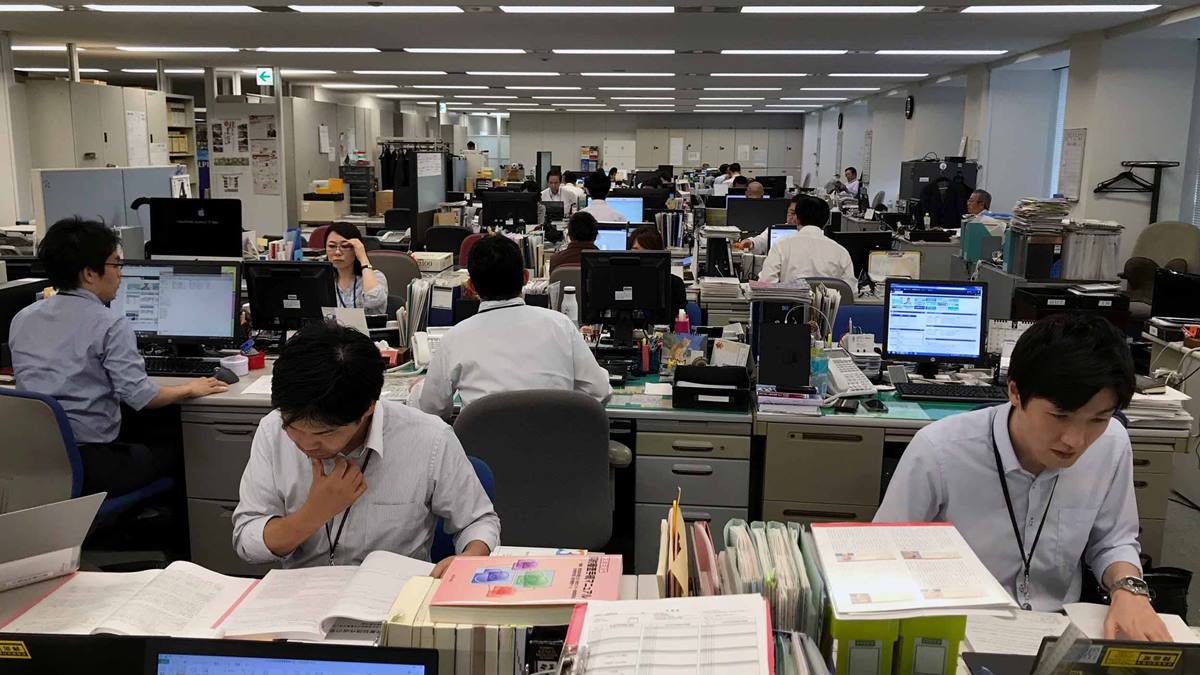Employees are losing over 44 hours each year from tool fatigue in the workplace, with more than half saying it negatively affects their work.
Findings from localisation platform Lokalise revealed that employees lose an average of 51 minutes a week to tool fatigue, leading to more than 44 hours lost per year.
For nearly a quarter (22%) of employees, the report found that they lose more than two hours a week to tool fatigue, wasting up to over 100 hours or 2.5 workweeks annually.
Tool fatigue at work
Tool fatigue refers to the exhaustion employees feel from using too many digital tools at work. It comes as employees’ average workday spans multiple platforms.
According to the report, 55% of workers log into three to five tools daily, while 31% are using six to 10 tools a day.
It found that employees switch between tabs, apps, or platforms an average of 33 times a day, with some 17% switching more than 100 times.
More than half (56%) of Lokalise respondents said tool fatigue, such as toggling, alerts, and redundant platforms, negatively impact their work each week. They said it hinders their:
- Collaboration with colleagues (14%)
- Wellbeing (36%)
- Productivity (26%)
“The toll of software sprawl isn’t just about lost hours,” the report read. “Constant pings and expectations to stay connected blur the line between work and personal time, leaving many employees drained.”
According to the report, the top workplace tool creating friction, delays, and lost time is email (47%). Others cited:
- Chat or messaging (35%)
- Video conferencing (22%)
- Calendar and scheduling apps (17%)
- File storage or sharing (16%)
- Project management (11%)
- Customer support or ticketing systems (10%)
- CRM or sales software (9%)
- HR or payroll platforms (8%)
- Knowledge management or note-taking (7%)
Employers on tool fatigue
More than half of the respondents (55%) believe multiple platforms in their workday are serving the same purpose, but 79% said their company has not taken any steps to consolidate them or reduce tool fatigue.
The report highlighted that streamlining tools is as critical as scaling infrastructure.
“The bottom line here is that less is more,” it said. “By reducing tool sprawl and focusing on platforms that truly add value, leaders can unlock flow, reduce stress, and give teams the time they need to innovate and perform at their best.”




















